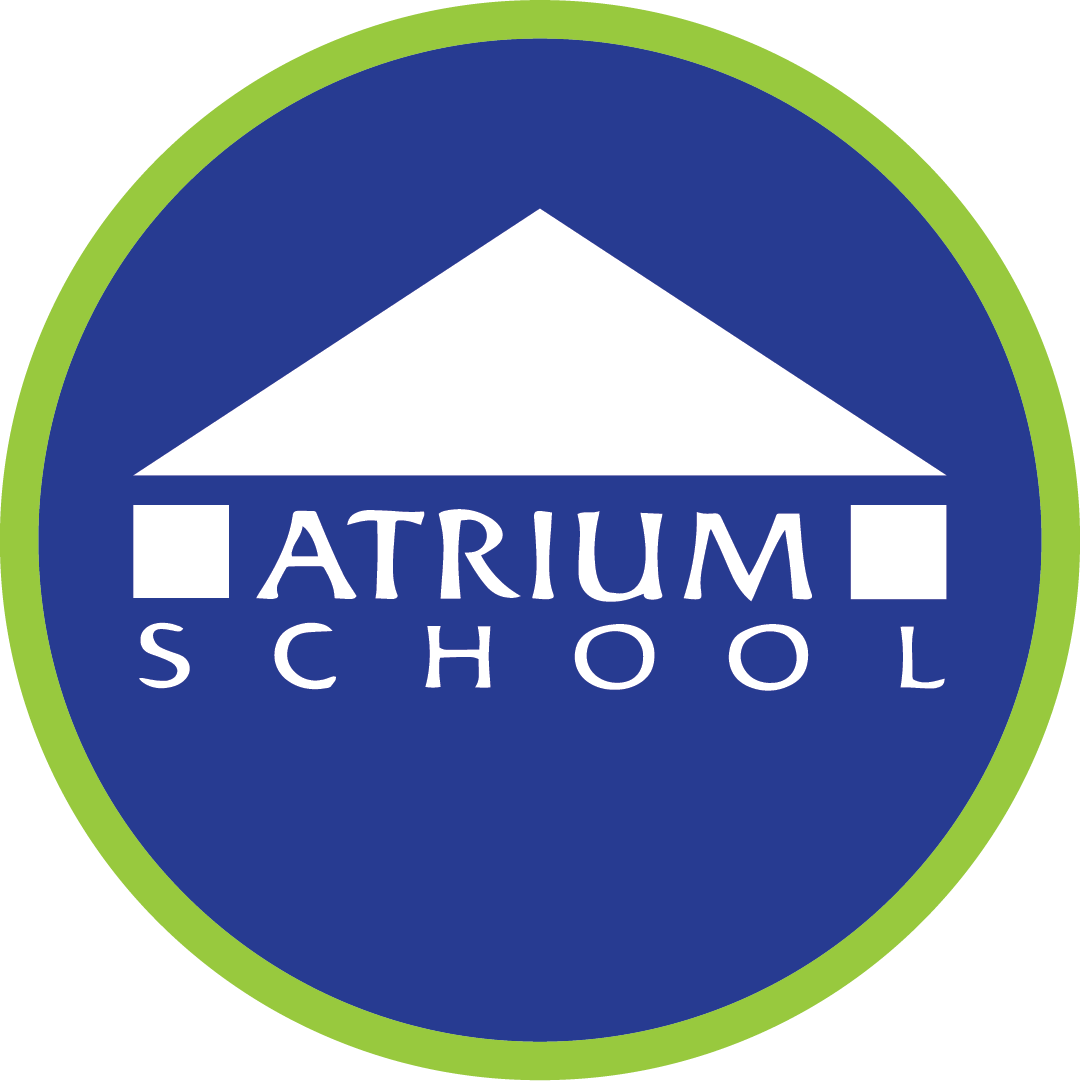Spanish
Overview
The Spanish program at Atrium School begins in PreK and goes all the way through Grade 8. PreK through Grade 5 have Spanish class once a week, and Middle School students have Spanish class twice a week.
Theoretical Background of the Spanish Program
The Spanish program is influenced by a combination of different approaches and techniques to language teaching and learning, including the Natural Approach, Total Physical Response, and participatory games, songs, and drama.
The lessons and activities are practical. They relate to children’s daily activities both at home and in school, and reflect the joy of learning a foreign language. A significant amount of time is devoted to learning thematic vocabulary and phrases and applying them through various activities and games. In all grades, lessons are hands-on, playful, and integrate cultural aspects. In agreement with a constructivist approach to teaching and learning, students are encouraged to take risks, to make mistakes, and to invent and find creative ways to express themselves in Spanish as they are constructing and re-constructing their understanding of the language. Trust, fun, and enjoyment in the learning process are central in the learning environment.
The goals of the Spanish program are:
To help children develop basic developmental communicative competence in Spanish so that they can use the language appropriately according to the circumstance.
To instill confidence and pride in the children for being Spanish speakers.
To create a Spanish learning culture that is joyful and exciting.
To acquire an understanding and appreciation of other cultures.
Specific Learning Goals
The Spanish program has a structure and flow of its own, with each grade learning more complex vocabulary, phrases, listening, speaking, and writing skills. In addition, the lessons feed into the curriculum whenever possible.
In PreK and K, children are exposed to foundational skills and vocabulary, common Spanish phrases, and basic conversational elements. During these first years, listening comprehension skills develop, and receptive language is stronger than expressive language. Music, movement, simple stories, art, rhymes, repetition, props, and sensory activities are central to the curriculum. The aim is to have our youngest students have a positive first exposure to Spanish within an academic setting.
Grades 1–5 focus on the expansion of vocabulary and conversation skills. Children further develop their listening comprehension and oral expression skills and become progressively more adept at using Spanish in everyday interactions. Music, movement, stories, plays, and props continue to be central to the curriculum. Cultural traditions, songs, and games from Spanish-speaking countries are introduced.
In Grades 6–8 (Middle School), students build on the Spanish skills learned throughout the PreK through fifth-grade years. Practice with sentence structure and verb conjugation allows students to converse about current happenings and past events with grammatical understanding. Each semester, students engage in a project in which they learn about cultural aspects in different Spanish-speaking countries while they get progressively comfortable with presenting and communicating in Spanish. Listening and speaking skills are emphasized, as is an understanding and appreciation of other cultures.



